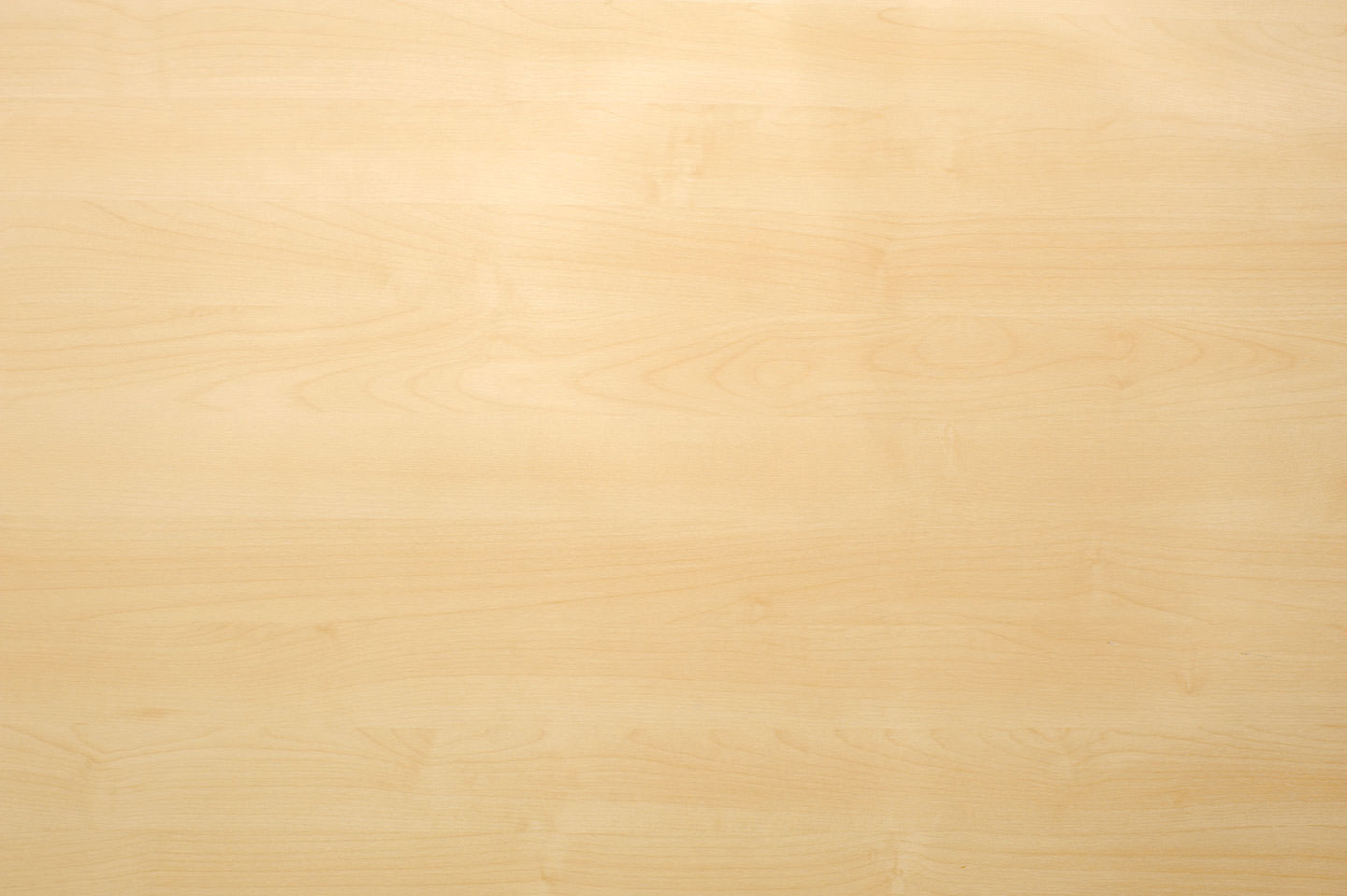

EuroWire – January 2011
56
technical article
4.2 Chemical principles of
the new coating
The newly developed polymer coating is a
mix of high-molecular compounds that are
free from heavy metals, boron compounds,
mineral oil, chlorine or sulphur-containing
lubricant additives (such as molybdenum
disulfide and tungsten disulfide) or com-
pounds based upon fluorine, for example,
Teflon
®
.
4.3 Benefits for the customer
4.3.1 Benefits of a polymer coating for the
wire manufacturer or the pre-treater of rod
sections.
Using a polymer bath instead
of a soap bath will provide the wire
manufacturing plant with the following
benefits:
Polymer coatings need no soap powder
•
in the drawing die. This avoids the
problem of dust formation affecting
the operators. It reduces costs, as there
is no need to purchase soap powder
or to provide for its disposal. It also
improves the reliability of the drawing
machines because less soap dust
settles on the machines and drives
Improved forming means improved
•
productivity
Clean wire is beneficial for subsequent
•
processing operations
Improved corrosion protection helps
•
the product store for longer, providing
customers with a better product
4.3.2 Benefits of a polymer coating for
manufacturers of fasteners or cold extruders
For wire processors, such as fastener
manufacturers, this coating offers the
following benefits:
Improved extrusion accuracy due to
•
cleaner material
Higher speed of the bolt heading
•
machines
Longer tool life
•
Manufacture of parts with complex
•
geometry that were not possible
before
Less frequent changes of oil in the
•
bolt heading machines, as no soap
is carried over to contaminate the oil
re-circulation system
To conclude, both wire manufacturers and
wire users benefit from the use of polymer
coatings. This results in a competitive
advantage for both parties.
5 Electrolytic
phosphating – a
heavy metal-free
coating process
If a conversion coating (zinc phosphating)
is required, then the problems of disposal
of the produced sludge and the heavy
metals that contaminate the effluent
stream must be addressed.
The solution to this problem is a calcium
phosphate coating applied electrolytically.
5.1 Electrolytic application of a calcium
phosphate coating
A calcium phosphate coating is also a
conversion coating but it differs funda-
mentally from the conventional zinc
phosphate coating used to date.
The coating solution is free from heavy
metals such as zinc or nickel and so,
therefore, is the coating.
The coating can best be described with
the formulation CaHPO
4
. The principle of
coating deposition on a conductive surface
is illustrated in
Figure 3
.
Since the part acts as a cathode, pickling
attack on the iron material does not occur.
Without
this
pickling
attack
no
phosphating sludge will form so this
application process does not generate
sludge.
Figure 4
shows phosphated and drawn
cold heading wire. It can be clearly seen
that the calcium phosphate coats are white
prior to forming. After forming, the wire
exhibits a regular grey colour.
5.2 Benefits
Free from heavy metals so the effluent
•
becomes easier to manage
No sludge for disposal
•
Process temperature of approximately
•
25°C
Treatment time of 2–5 seconds allows
•
for relatively short plants
Required coating weight of 5–15g/m²
•
can be adjusted via the current density
(A/dm
2
)
Higher drawing speeds for wire, and
•
lower pressing and ejection forces in
cold heading and cold extrusion
No heavy metal-containing effluent in
•
the de-phosphating of fasteners prior
to heat treatment
5.3 Outlook
A future treatment process for cold
heading wire and solid parts could
combine the benefits of an electrolytic,
heavy metal-free phosphating with those
of a polymer coating.
Figure 5
shows such
a plant.
This will contribute to reducing the
treatment times for surface treatment from
around one hour to less than one minute.
Consequently, the quality and productivity
will appreciably improve for both the
surface treatment plant, and the bolt
manufacturing or cold extrusion plant.
n
This paper was presented at Istanbul Cable
& Wire ’09 and is reproduced here by kind
permission of the IWMA.
Jude Burke
Chemetall UK – UK
Fax
: +44 1908 373939
:
ukinfo@chemetall.comWebsite
:
www.chemetall.co.ukMechanical
Calibration draw
of cold
heading wire
Polymer
Cleaning
Chemical
Continuous line treatment of cold heading wire or solid parts
Calcium
phosphate
Cold
Extrusion
Figure 5
▼
▼
:
Diagram of a continuous line treatment plant
Figure 4
▲
▲
:
Cold heading wire prior to and after
forming
Calcium phosphate
coat prior
to forming
Calcium phosphate
coat after
forming
Cold
Extrusion

















